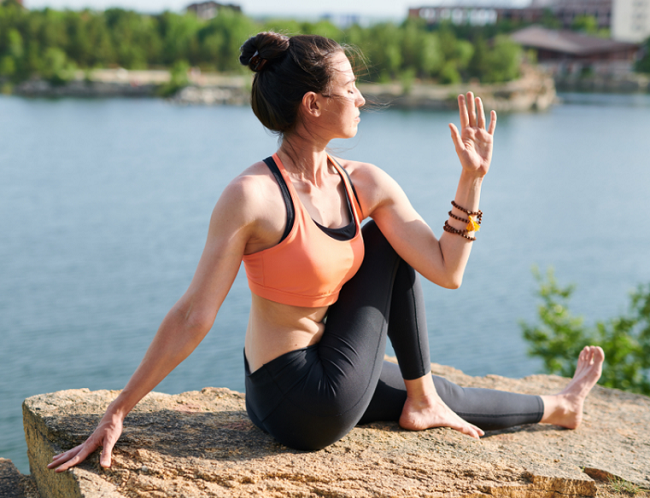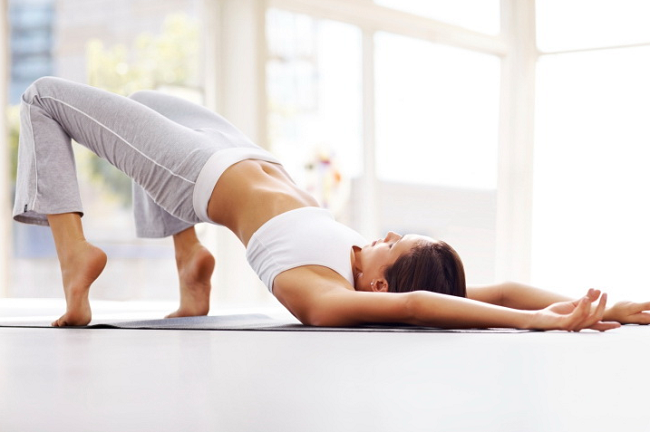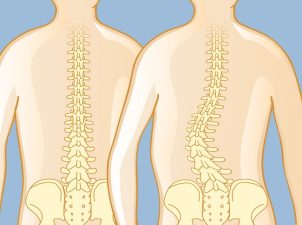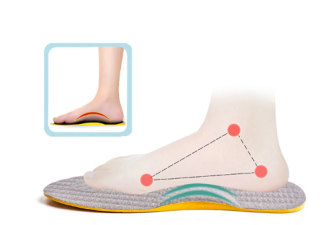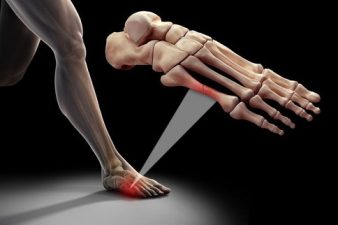Dealing with a herniated disc can significantly impact your daily life, affecting everything from your sleep to your fitness routine. Understanding the best positions for your body and the right exercises to practice can help manage your symptoms and promote healing. This blog post aims to guide you through the best postures, sleeping positions, yoga poses, and gym activities for those with a herniated disc.
Sleeping with a Herniated Disc
Sleep can be challenging when you’re dealing with a herniated disc. However, finding the right sleeping position can reduce discomfort and promote healing. Generally, the best sleeping position for a herniated disc is on your back with a pillow under your knees to maintain the natural curve of your spine. This position helps reduce pressure on the lumbar region.
For individuals with an L5 herniated disc, the aforementioned position can provide relief. However, if you’re a side sleeper, try to keep a pillow between your knees to align your hips, pelvis, and spine.
Sitting with a Herniated Disc
Prolonged sitting can exacerbate herniated disc symptoms, but some strategies can help. The best sitting position for a herniated disc is with your feet flat on the ground, back fully supported by the backrest of the chair, and knees at or slightly lower than hip level. Use a lumbar roll or a cushion to support the lower back and maintain the spine’s natural curvature.
Yoga Poses for a Herniated Disc
Yoga can be beneficial for those with a herniated disc, as it encourages flexibility, strengthens the core, and promotes good posture. Some poses that can be beneficial include:
- Child’s Pose (Balasana): This pose gently stretches the back muscles and spine, which can help alleviate discomfort.
- Bridge Pose (Setu Bandhasana): This pose can help strengthen the back muscles and promote flexibility in the spine.
- Cat-Cow Stretch (Marjaryasana-Bitilasana): This movement helps improve flexibility and ease tension in the lower back.
Yoga poses to avoid with a herniated disc generally include any postures that cause pain, stress the affected disc, or involve excessive twisting or bending of the spine. This might include poses like the cobra pose, which puts a lot of pressure on the lumbar spine.
Herniated Disc: Flexion or Extension?
The question of whether flexion (forward bending) or extension (backward bending) is better for a herniated disc largely depends on the location and nature of the herniation, as well as your individual symptoms. Some people find relief with gentle exercises involving flexion, while others benefit from extension exercises. Always seek advice from a physical therapist or healthcare provider before starting a new exercise regimen.
Going to the Gym with a Herniated Disc
Physical activity is essential for overall health and can also play a crucial role in managing herniated disc symptoms and promoting recovery. However, it’s vital to choose activities that won’t exacerbate your condition.
Low-impact activities are typically best. These could include walking, swimming, or using an elliptical machine. Strength training can also be beneficial, particularly exercises that strengthen your core and back muscles. However, avoid heavy lifting and exercises that strain the lower back or involve twisting movements.
Remember, everyone is unique, and what works for one person might not work for another. Listen to your body, and if an activity or position causes pain, stop. Always consult with your healthcare provider or a physical therapist to create a customized activity plan that suits your needs.
In conclusion, finding the best positions and activities for a herniated disc can significantly improve your comfort and quality of life. Whether you are working, sleeping, or exercising, maintaining appropriate postures and engaging in suitable activities can help manage symptoms and promote recovery. However, it’s vital to remember that everyone’s body and herniated disc conditions are unique. What works well for one person might not work as effectively for another.
Always listen to your body and make sure to consult with your healthcare provider before starting any new exercise regimen. With patience and care, it is possible to live a comfortable, active life with a herniated disc. Ultimately, understanding your body’s needs and limitations, staying patient, and following a well-guided approach can make a significant difference in your journey towards recovery.Chiropractic Treatment for Herniated Discs.
The approach of chiropractic treatment for herniated discs is typically holistic and patient-centered, aiming to provide relief without surgical intervention or drugs.
Spinal Manipulation: This is the most well-known chiropractic technique, also called chiropractic adjustment. The chiropractor applies a controlled, sudden force to the affected spinal joint, which may help to align the spine, improve spinal function, and alleviate pain. This technique, when done correctly by a professional, is considered safe but should not be performed if certain contraindications exist, like severe osteoporosis or spinal cancer.
Flexion-Distraction Technique: This is a gentle, non-thrust type of spinal manipulation often used for herniated disc treatment. The chiropractor uses a special table that distracts or stretches the spine, and by using a pumping action on the disc instead of direct force, the pressure on the disc can be reduced, leading to pain relief.
Pelvic Blocking Techniques: These methods involve placing cushioned wedges on the sides of the patient’s pelvis, along with gentle stretches. This can help move the disc away from the nerve, reducing inflammation and pain.
Physical Therapy Modalities: Many chiropractors also employ physical therapy techniques, such as ice and heat therapy, electrical stimulation, or ultrasound to reduce inflammation and muscle spasm associated with herniated discs.
Exercises and Lifestyle Modifications: A chiropractor can provide exercises tailored to the patient’s condition, which can help strengthen the spinal muscles and prevent further injury. They may also offer advice on posture and ergonomics to help prevent disc herniation in the future.


